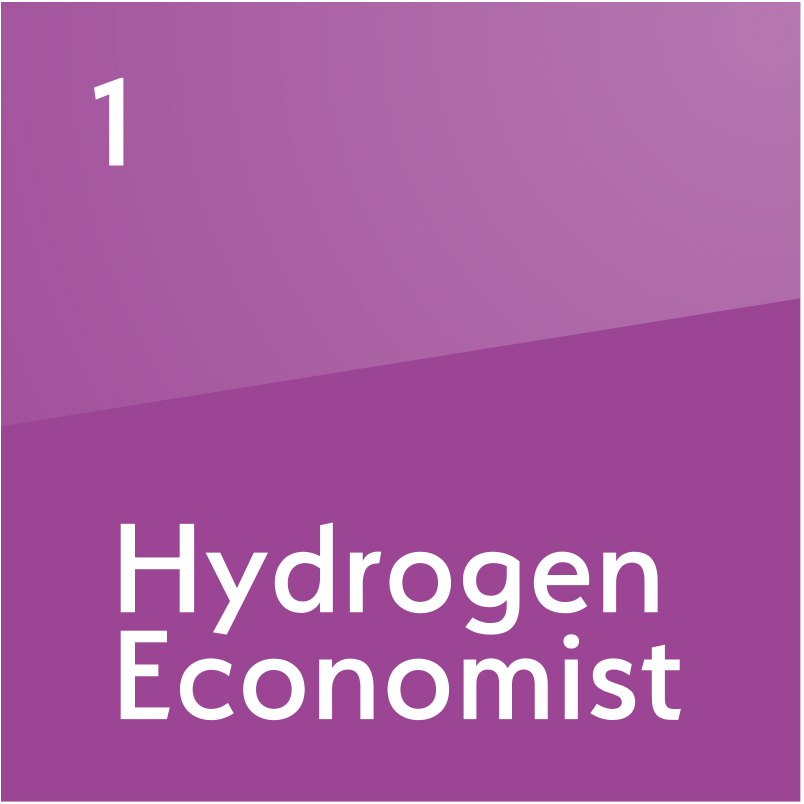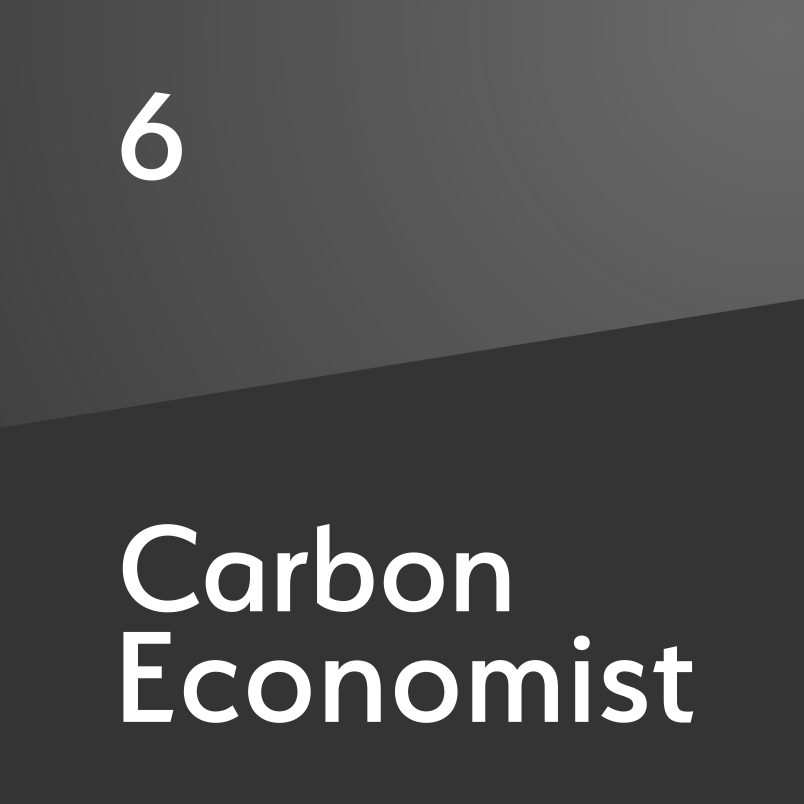5 February 2021
How majors can thrive in the age of transition – part two
Oil and gas majors need to comprehensively reimagine their future, ending the central role played by fossil fuels and plastics in the economy globally. This instalment examines short-term strategies, including the preserving the social licence to operate
This series of articles explains how the majors with an interest in longevity should respond if they want to meet the various, often conflicting, demands from their stakeholders. A comprehensive energy transition strategy would enable the majors to manage these financial and non-financial demands, and thereby ensure their continued success during the age of the third energy transition. At present, the most critical risk facing the oil and gas industry is losing its social licence to operate. The immediate strategic priority of the majors should therefore be decarbonising oil and gas operations. This requires, firstly, a change in the way portfolio investment and divestment decisions are made

Also in this section
23 December 2025
Legislative reform in Germany sets the stage for commercial carbon capture and transport at a national level, while the UK has already seen financial close on major CCS clusters
15 December 2025
Net zero is not the problem for the UK’s power system. The real issue is with an outdated market design in desperate need of modernisation
28 November 2025
The launch of the bloc’s emissions trading system in 2005 was a pioneering step, but as the scheme hits 21 its impact as a driver of decarbonisation is still open to debate
18 November 2025
Vicki Hollub, president and CEO of Occidental, has been selected as the 2026 recipient of the Dewhurst Award, the highest honour bestowed by WPC Energy. The Dewhurst Award celebrates exceptional leadership, groundbreaking innovation and a lifetime of significant achievements in sup-port of the development and advancement of the energy industry.







